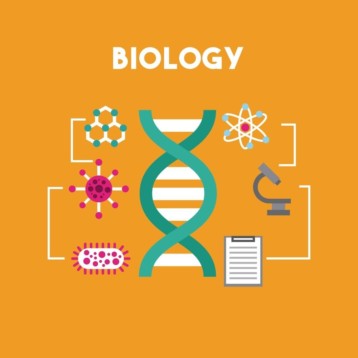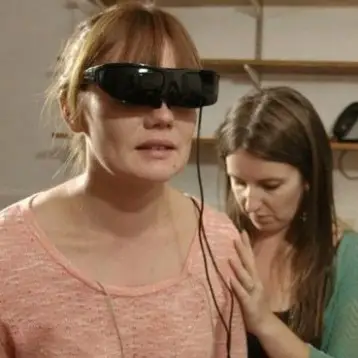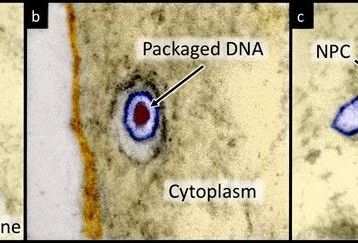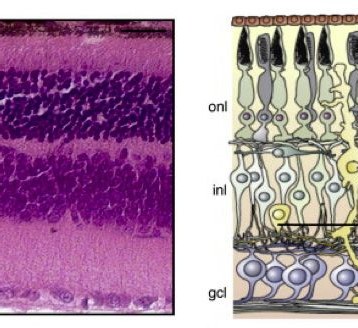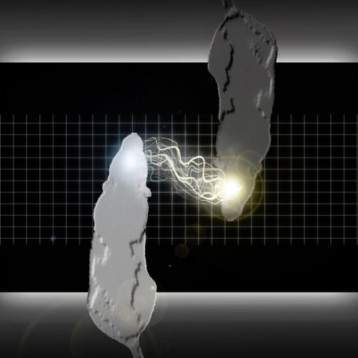|
As seen at the recent Copenhagen conference, global climate change worries not only environmentalists, but worldwide leaders as well. One of the main efforts is to reduce emissions of carbon dioxide, a greenhouse gas produced by burning fossil fuels. Now, a team of researchers from the UCLA Henry Samueli School of Engineering and Applied Science has offered a new approach: they genetically modified a cyanobacterium (a type of bacteria) to consume carbon dioxide and produce the liquid fuel isobutanol, which holds great potential as a gasoline alternative. The power source for this reaction is sunlight (utilized through photosynthesis).
According to the study, published in the December 9th edition of the journal Nature Biotechnology, the new method has two advantages. First, it recycles carbon dioxide, reducing greenhouse gas emissions resulting from the burning of fossil fuels. Second, the power source it uses is non-expendable – solar energy is utilized to convert the carbon dioxide into a liquid fuel. This processed fuel can be consumed in existing energy infrastructure and in most automobiles.
In their study, the researchers wanted to exploit the low boiling point and high vapor pressure of isobutyraldehyde gas. So, they used cyanobacterium synechoccus elongatus, a known bacteria in which they genetically increased the quantity of the carbon dioxide-fixing enzyme RuBisCO. Afterwards, they spliced genes from other microorganisms to engineer a strain that intakes carbon dioxide and sunlight and produces isobutyraldehyde gas.
Although the engineered bacteria can produce isobutanol directly, the researchers preferred to use indirect methods, since it is easier to use relatively inexpensive chemical catalysis process to convert isobutyraldehyde gas to isobutanol. Thanks to using this existing catalysis process, they also managed to handle other useful petroleum-based products.
This innovative process, unlike other known alternatives to gasoline, is cleaner and much more efficient. “This new approach avoids the need for biomass deconstruction, either in the case of cellulosic biomass or algal biomass, which is a major economic barrier for biofuel production,” said team leader James C. Liao, Chancellor’s Professor of Chemical and Biomolecular Engineering at UCLA, referring to today’s methods. The common techniques involve usage of biofuels from plants or from algae. The drawback of these processes is the requirement for several intermediate steps, essential in order to fully refine the plants into useable combustible energy source; these steps are usually time-consuming. “This is potentially much more efficient and less expensive than the current approach,” Liao concludes.
According to the researchers, the ideal place for this system would be next to existing power plants, since they emit carbon dioxide; there, the greenhouse gas can be more easily captured – and directly recycled into liquid fuel.
“We are continuing to improve the rate and yield of the production,” Liao said. When asked to explain the improvements required, he adds: “Other obstacles include the efficiency of light distribution and reduction of bioreactor cost. We are working on solutions to these problems.”
In addition to Liao, the research team included lead author Shota Atsumi, a former UCLA postdoctoral scholar now on the UC Davis faculty, and UCLA postdoctoral scholar Wendy Higashide. Moreover, the study was supported in part by a grant from the U.S. Department of Energy.
TFOT has also covered the artificial leaf, which can convert sunlight into energy using bacteria, and the development of solar powered biofuel, made at Cambridge, Massachusetts. Other related TFOT stories include that of Arkenol, an ecological process that converts cellulose into ethanol, and the story “Anticipation of Future Events”, which tells of Escherichia coli, a bacterium researched at the Weizmann Institute in Israel.
For more information about the genetically engineered bacteria, see UCLA’s press release.




